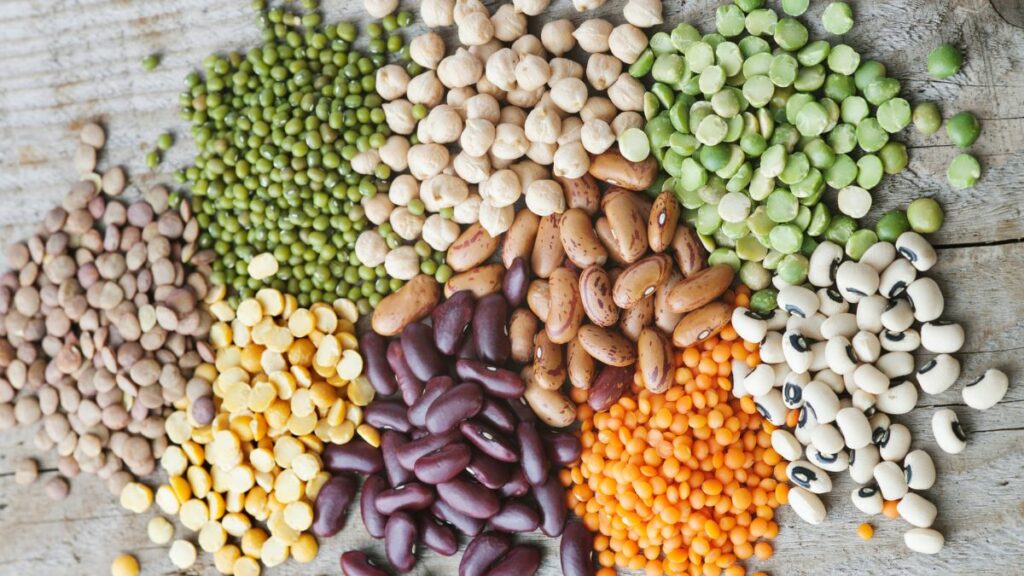Bean markets across East Africa exhibited mixed performance during July and August 2025, with varying price trends reflecting unique national market dynamics, harvest conditions, and policy factors.
In Tanzania, bean prices declined moderately by 4.1%, settling at USD 918 per metric tonne (MT). The drop was attributed to steady local supply and favourable harvesting conditions, which helped maintain adequate stock levels in major producing regions.
Meanwhile, Uganda experienced a more pronounced decline in bean prices, falling by 13.1% to USD 993/MT. This sharp decrease was largely driven by continued green harvests and efficient stock management since the second quarter of the year. The availability of fresh produce across major producing areas such as Mbale and Hoima contributed to easing market pressure.
In Kenya, bean prices remained relatively stable across the two major varieties. Yellow-Green beans posted a slight 0.5% decline, while Red Haricot beans edged up by 0.1%. This near balance suggests nuanced market behavior, with harvest inflows cushioning against stronger price shifts despite localized supply fluctuations.
Conversely, Rwanda recorded a 3.9% price increase in beans despite the ongoing Season C harvest. The rise is attributed to supply constraints amid growing consumer demand, compounded by the World Food Programme’s reduction in food aid earlier in May. This contraction in external food assistance has amplified local market dependence, intensifying price pressures.
Overall, while Tanzania and Uganda benefit from strong harvests and improved stock management, Rwanda faces a tightening supply situation. Kenya’s stable market highlights resilience and balanced local trade dynamics within the broader East African region.

